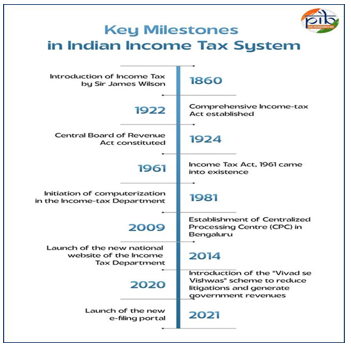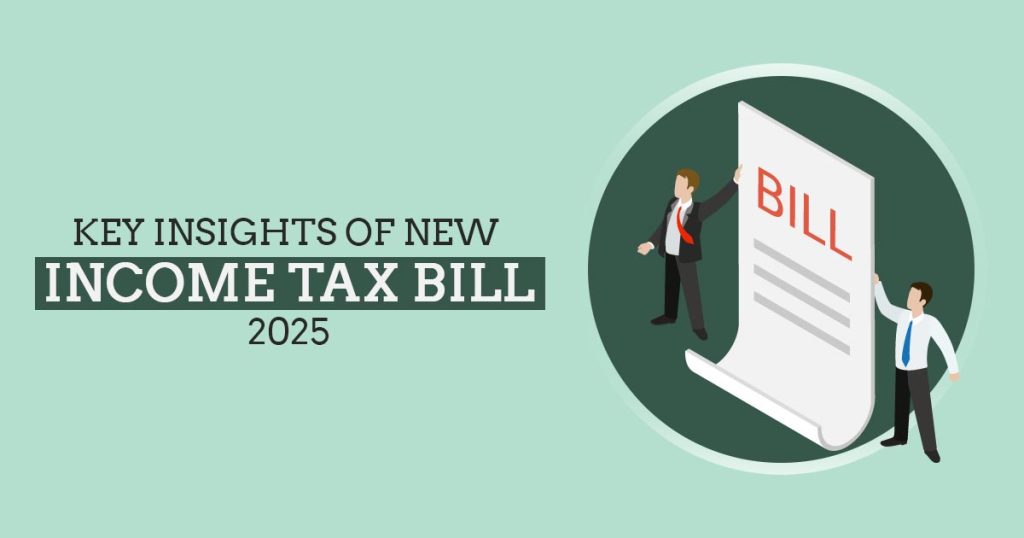Syllabus:
GS2: Government policies and interventions for development in various sectors and issues arising out of their design and implementation.
Context:
Recently, Parliament passed the Income Tax Bill 2025, to replace the six-decade-old Income Tax Act, 1961, which will come into force from April 1, 2026.
More on the News
- The Income-Tax Bill, 2025 incorporated over 285 recommendations made by the Parliamentary Select Committee.
- It retains basic tax provisions of the existing act and primarily aims to simplify the language and remove redundant provisions, which makes it easier to understand and removes ambiguities.
- Tax rates and regimes for individuals and corporations remain unchanged with no changes in offences and penalties.
Income-Tax Bill 2025
- Power to frame schemes: The Act allows faceless tax information collection and case assessment, retained in the Bill, which also empowers the central government to introduce schemes enhancing efficiency, transparency, and accountability by
Using technology to eliminate direct interface with taxpayers.
Enhancing resource use through economies of scale and specialisation. - Undisclosed income: The Act defines undisclosed income in search cases as physical assets like money, bullion, or jewellery, while the Bill expands this to include virtual digital assets such as cryptographic codes, numbers, or tokens with exchangeable digital value.
- Virtual digital space: The Bill defines virtual digital space as an environment, area, or realm that is constructed and experienced through computer technology. It includes email servers, social media accounts, online investment and trading accounts, and websites for storing details of asset ownership.
- Dispute resolution panel: The Act allows eligible assesses—such as those in transfer pricing cases, non-residents, or foreign companies—to refer draft tax orders to a dispute resolution panel. The panel can guide the final assessment. The Bill retains this and adds that the panel must also provide points of determination and reasons for its directions. The Bill allows authorities to gain access of a virtual digital space during search and seizure proceedings.
- Interpretation of tax treaties: The Act allows the central government to make agreements with other countries to avoid double taxation. If a term is undefined in both the treaty and the Act, its meaning is based on a government notification. The Bill retains this and adds that if still undefined, the term’s meaning will be taken from any other central law.
Key Milestones in Indian Income Tax System

- On 24th July in 1860, income tax was introduced in India by Sir James Wilson.
- It laid the groundwork for the Income-tax Act of 1922 that in true sense established a structured tax system which formalized various income tax authorities and also laid the foundation for a systematic administration framework.
- The Indian taxation structure was strengthened by the Central Board of Revenue Act (1924) which established a statutory body to administer the Income-tax Act.
- Introduction of computerization in 1981 marked major technological upgradation, beginning with electronic processing of tax challans.
- By 2009, the Centralized Processing Centre (CPC) was set up in Bengaluru to handle bulk tax returns.

